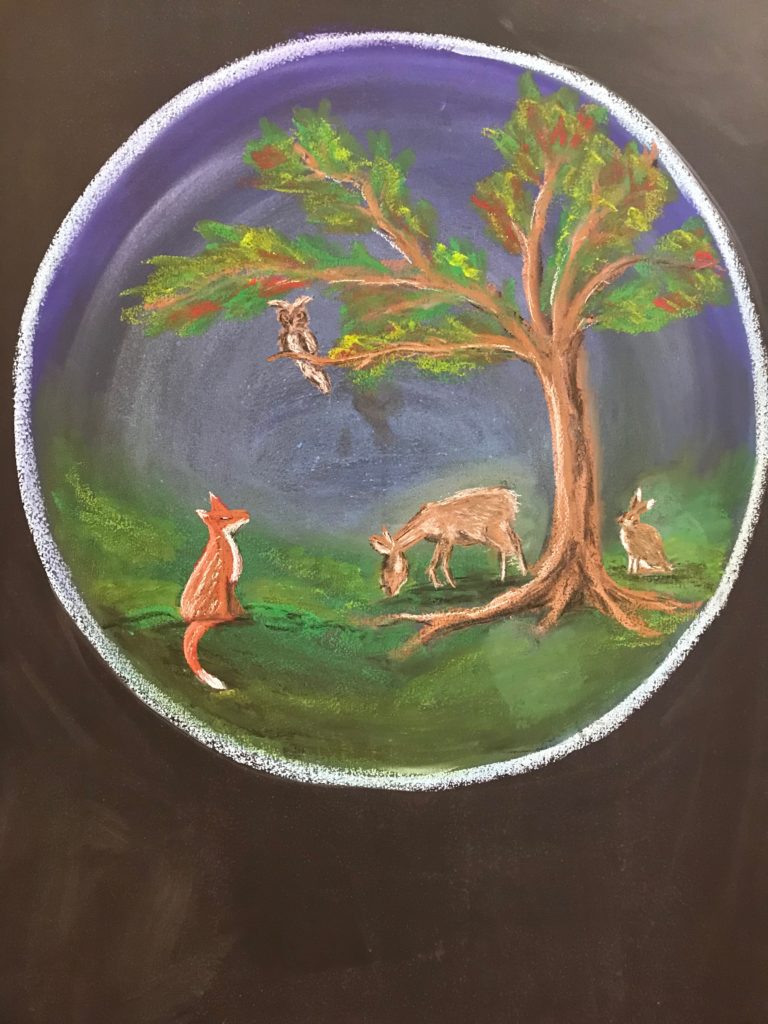
Today was our first day back to school and, surprisingly, the most remarkable thing about it was how easy it was to pick right back up where we left off!
Now, of course, the 2nd graders grew a TON over the summer (I remember noticing how different the 2nd graders looked last year) and many of them learned a few new tricks over the summer, but for the most part we slipped right back into the groove.
Honestly, one of the things that helped with this was a bit of a happy accident. Though many aspects of our morning routine remains the same, I chose all new songs, rhymes and poems. The past few days I’ve been diligently working with an unfriendly copier to get them all printed out and in my circle binder so they’re at my finger tips. Though I’ve practiced all of the songs, they are not all in my memory. Well, as luck would have it, I left that binder at home!
Luckily, I had a couple of the songs memorized, and one of the others I had saved in a voice memo on my phone, so I quickly wrote out the words before school (by the way, pro tip, record the songs on your phone and listen to them in the car on your way to school.) BUT, the point here is that for other songs we just sang the ones we did last year.
I actually think it helped the 2nd graders to feel more at ease on the first day to not have too much new stuff to learn.
My favorite moment of the day, which helped me to see that my sweet little first graders have transformed into just-as-sweet 2nd graders . . .
[After finishing our new Michaelmas song.]
F: I like it! Can we do it again?!
Ms. F-P: Tomorrow.
Many 2nd graders: Hooray!
The photo above is my first chalkboard drawing of the year. Now, I readily admit that chalkboard drawing is one of my strivings and one of the techniques I’ve learned is to give myself a satisfying little boundary. Often I use my chalkboard compass to draw a circle, or draw a frame so my drawing can start and stop where I please. I haven’t much thought about the pedagogy behind this practice — it could very well be more appropriate for the students to have a full drawing, without a frame, so they can live into the picture a little more fully — but regardless, they were full of compliments for my feeble attempt.
Fox, hare, deer and owl are the names of our rows and they each have gestures that they do when they respond row-by-row in our daily roll call. It’s very sweet and is reminiscent of the bird calls that we used for roll call last year.
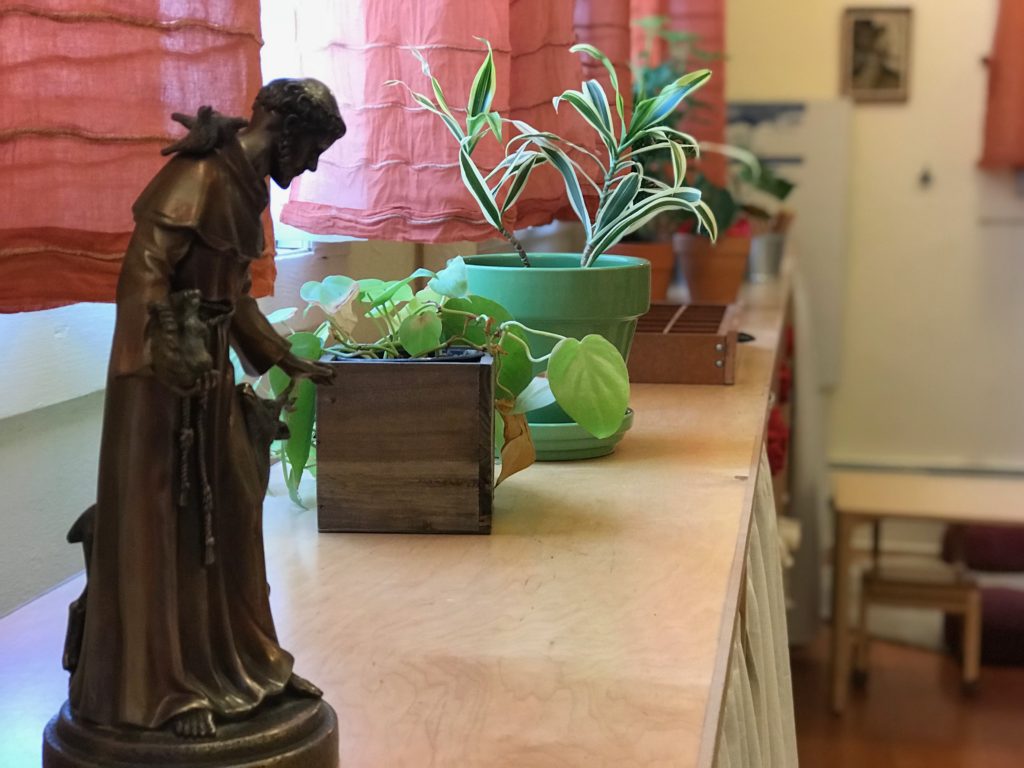
This year, for the first time (ever?!), I’m beginning the year with a math block. It worked better with my block rotation and the position of my play and I’m glad to have some time to review phonics rules in our extra main classes before we start with a language arts block. I’m frequently stumped for a drawing during math blocks, so I was glad to have the first day row introduction as inspiration for this drawing.
Those little forest animals also gave some inspiration for my story today. All summer long I’ve been so immersed in planning out the skill-building content for our main lesson blocks. If you’ve been following the blog, you’ve seen my notes about preparing for my math and language arts blocks. But in the midst of all of that academic content prep, I haven’t given much thought to stories! Telling stories is the part of my job that I love most, so I knew that they would come as I went along, but yesterday afternoon I suddenly found myself sitting down with my lesson book with a nicely outlined list of activities, but no story for the first day.
I actually think it worked out, because when I sat down and thought about my students (somehow they were so much clearer to me knowing that I would see them the very next day), the story just poured right out of me. I’ve often been dissatisfied with my own invented stories, but not this one!
7 Important Main Lesson Questions
Enter your email to get my Week in Review form based on the 7 questions Waldorf mentor Else Göttgens recommended every teacher ask themselves.
I started with a character named Kavi whose characteristics are exactly those of the archtypal 2nd grader. Some mornings Kavi wakes up and he is like a golden knight. He is kind and thoughtful with everyone in the castle. Other days he wakes up and he is like a wild animal, storming about, thinking only of himself. At some point I may write out the whole thing, but here’s a basic outline.
- Kavi finally notices that the cook in the castle kitchen is a little fearful of him when he comes into the kitchen, wondering which version of Kavi is going to appear.
- Kavi is saddened that the cook is afraid of him, so he asks advice from his mother.
- She tells him to go to the forest and see what wisdom he can find there. He encounters a fox, hare, deer and owl along the way who gradually lead him deeper into the forest. (These animals represent the fables we’ll hear this year.)
- Just when he is about to despair he sees a wise hermit deep in the woods. He’s wearing a brown robe tied with a simple rope and he has soft eyes and a golden glow around him. (He represents the saints we’ll learn about this year.)
- The hermit tells Kavi to go back to the kitchen and take out the jar of beans and count them. “In this task you will find the patience you seek.”
- Kavi does so but has to begin counting again several times because he lost track of his counting.
- The hermit sends him back three more times to count popcorn kernels, lentils and finally grains of rice. Each time he is interrupted and needs to begin counting again. Finally, when counting the grains of rice he learns something.
- He returns to the hermit and he is a new person. He has learned something new and says he has found the wisdom he was seeking.
Tomorrow we’ll talk about the story and I’m hoping that the students will realize the strategy that Kavi learned as he was counting the grains of rice. (I think I even heard someone at the end of the story say something about “counting by 10’s”. Hooray!)
And I’ll let you guess what our math class activity is going to be.
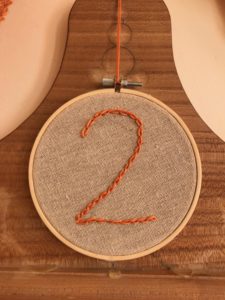
Once again, I’m feeling so blessed to lead this amazing group of students. They astonish me every day with their interest, enthusiasm, respect and love for each other. Today was no different when we started having our “hopes and dreams” conversation. This is a process for defining classroom rules that is outlined by Responsive Classroom. I have used it with upper grades classes, but I wasn’t sure it would translate to the lower grades. I didn’t do it last year, but the 2nd graders are able to beautifully participate in the process. It goes like this.
- Class discussion — “Why do we come to school?”
- Class discussion — “If these are the reasons why we come to school, what is the work we’ll do at school to practice these things?” List these activities on the board together.
- Class discussion — “Of all of these things that we’ll do this year, what are you most looking forward to?” Make sure the whole class gets to hear everyone’s answers. In the past I’ve had students draw pictures of their “hope and dream” for the year.
- After everyone has heard the hopes and dreams, you work together to discuss the things everyone will need to remember to help make sure everyone’s hopes and dreams come true. You’ll get a long list of “reminders” on the board. (Listen to the teacher. Pay attention. etc.)
- Sort these contributions into categories of SELF, OTHERS, PLACE. Usually everything that the students come up with will fit into one of these categories.
- Work together to come up with language for these new rules then post them in the classroom and refer to them often.
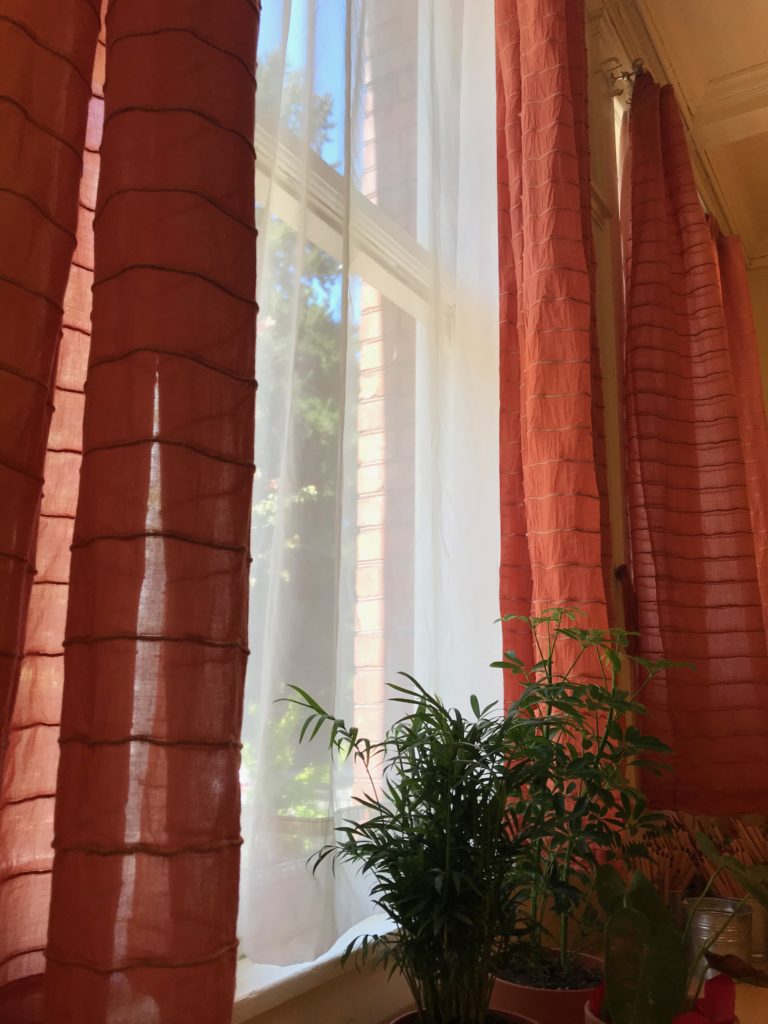
Today we got through the first two steps and the 2nd graders just blew me away.
Reasons we come to school . . .
- To learn to read.
- To learn to write.
- To do math.
- To learn manners.
- To learn how to have friends.
- To learn other languages so you can be friends with people who speak other languages.
- To have fun.
- To learn songs.
- To hear stories.
We then listed all of the activities we do at school that help us learn and practice these things. Their homework was to think of something that they’re most excited about and be ready to share tomorrow.
I can’t wait to hear what they come up with!
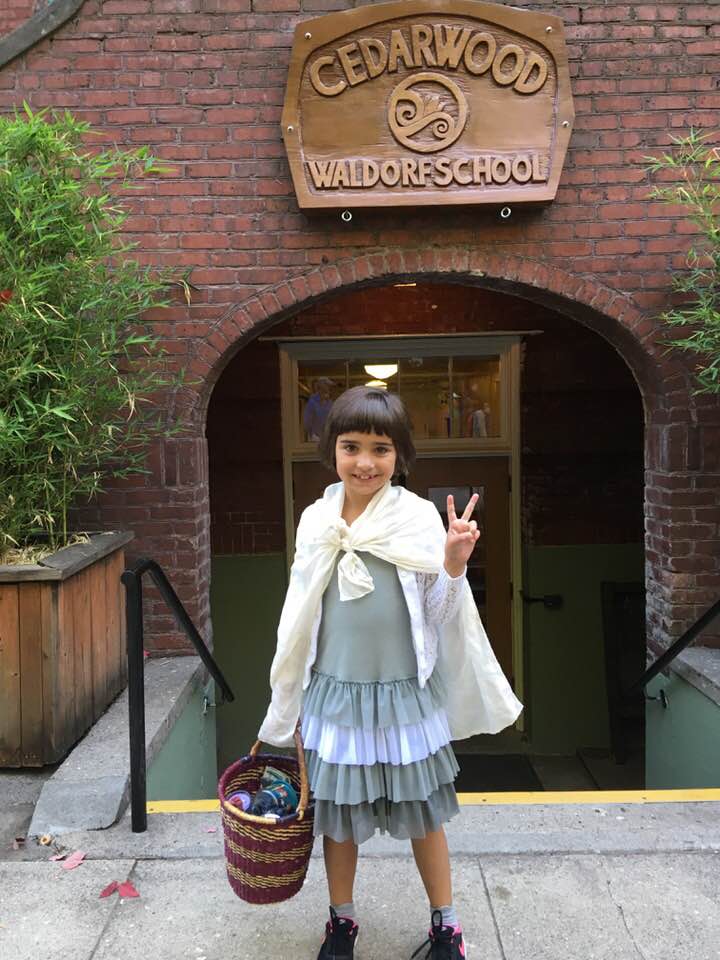




Its beautiful. ..as I am a new Waldorf teacher, stepping into grade 2, this write up or tips are very helpful and also is really inspiring. I would like to receive mails from u regarding the Same, waldorf grade 2 lesson plans and tips.
Thanks a lot.
Thanks, Deepa. You can get my emails by filling in the form on the website. You’ll be automatically added to the list.